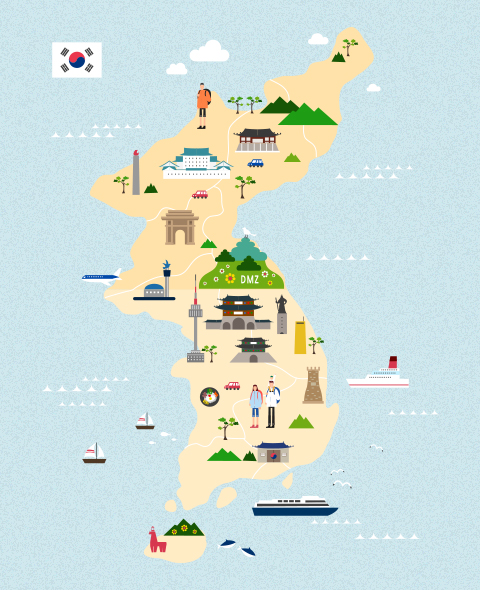
-
About KoreaThe Korean Peninsula lies in the middle of Northeast Asia, flanked by China to its west and Japan to its east. The peninsula is predominantly mountainous, with flat land accounting for only 30% of the entire territory.
The Korean Peninsula belongs to a temperate zone. There are marked changes in climate between the four distinct seasons. Under the influence of the continental climate, there is a considerable difference in temperature between summer and winter. It is hot and humid in summer, and cold and dry in winter. Over the past thirty years, the summer temperature range has averaged 20.5 - 26.1˚C, while the winter temperature range has averaged -2.5 – 5.7˚C.

Language and Letters
Most linguists place Korean in the Altaic language family, though some consider it to be a language isolate, meaning that it cannot be simply related with any other language. The written form of Korean uses Hangeul, a writing system commissioned by King Sejong (1397-1450) during the Joseon Dynasty. Koreans are very proud of this remarkable achievement, and Hangeul is a very efficient and easy script to learn and use.
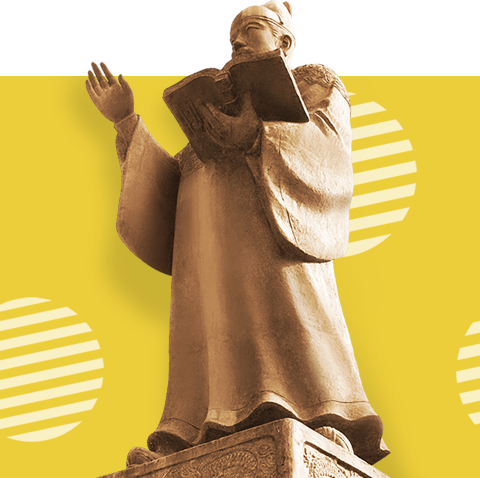
Hangeul is composed of fourteen consonants and ten vowels. It can express virtually all the sounds produced by nature and humans. Every year, UNESCO presents the King Sejong Literacy Prize to people who have made a distinguished contribution to the elimination of illiteracy. The inclusion of ‘King Sejong’ in the name of the prize may be said to be tacit recognition of his greatest accomplishment, the creation of Hangeul, which is easy to learn and use.
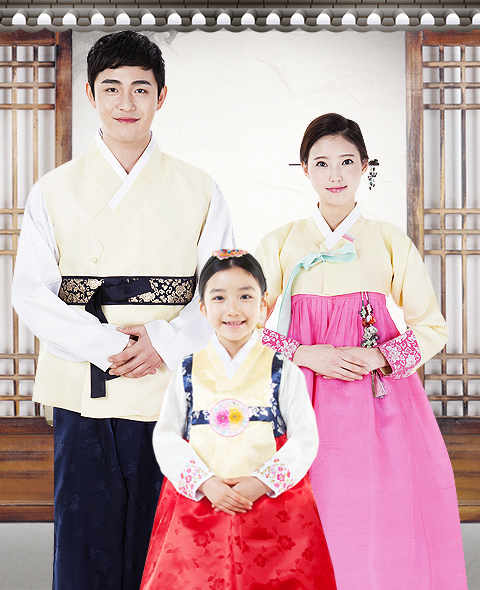
-
Clothing and FashionKorean people have developed a wealth of unique cultural traditions related to the way they dress, eat, and behave at home. These traditions reflect the natural environment of their homeland, a terrain predominately covered by hills and mountains, bound by the sea on three sides and marked by four distinct seasons.

-
Korean FoodSince ancient times, the Korean people have maintained a belief that food and medicine have the same origin and hence perform the same function, following the adage that 'food is the best medicine'. They believe that health and illness alike come from the food they consume and how they eat it, and this idea has played a crucial role in the development of traditional Korean medicine whose basic principle is that we should use medicine only after food has failed.
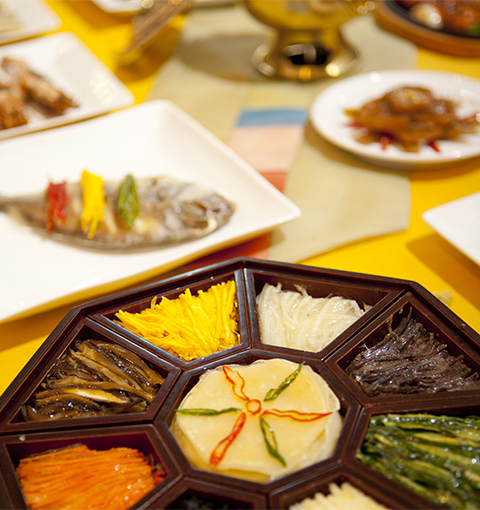
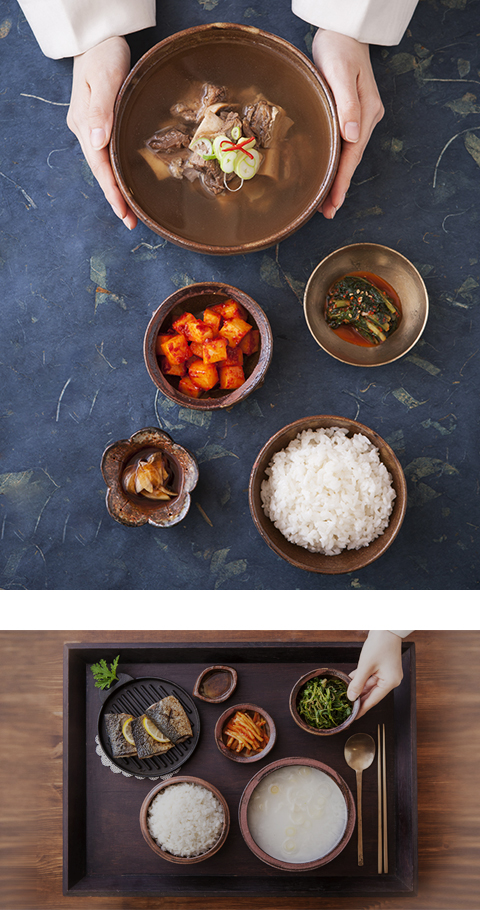
Original resources from Korea.net



